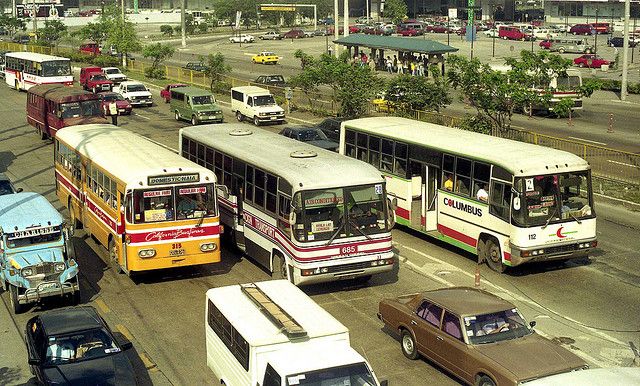This week in The Atlantic Cities, Amanda Hess addresses the stigma attached to bus travel and how it affects transit initiatives. In response to this issue, so often tinged with race and class, she asks, “can a city actually successfully gentrify its bus system?” — and, perhaps more importantly, “does it want to?”
According to the American Public Transportation Association, bus ridership still outnumbers all forms of rail-based travel combined and has increased at nearly same pace as light rail, which is often pitted against bus travel as a more popular and convenient alternative.
The argument of whether a stigma against buses should be addressed is irrelevant to the commuters and urban dwellers depending on public transit, but to so-called “choice riders” — who decide to use public transit despite having other options — perceptions make a difference. But how much power do these riders actually have, and how much do negative perceptions affect their choices?
They do, of course, have the option not to choose public transit, a choice that differentiates them from the rest of transit riders as the one demographic that cities feel must fought for. The rest, for better or worst, are obliged to the bus.
The “conceptual road block,” as Hess refers to it, of how buses are perceived then becomes an issue that transit companies can isolate and address specifically for that demographic.
The Department of Transportation notes in a report that “an articulated brand identity” can help draw choice riders. But if many of the solutions to this stigmatization coincide with the broad needs of all riders, why begin with “gimmickry” such as paint jobs and re-branding?
While the Circulator, a successful bus line in Washington, D.C., has utilized distinctive paint jobs and marketed itself as “unlike any other public transit in town,” it has also maintained a cheap fare and expanded its service into predominately black neighborhoods. This is an example of how addressing general needs, ultimately, creates a better bus line.
Catering to perceptions of race and class overextends the role of the bus line, which to maintain and extend ridership should stay focused on being cheap, inclusive and convenient.




_600_350_80_s_c1.jpg)











